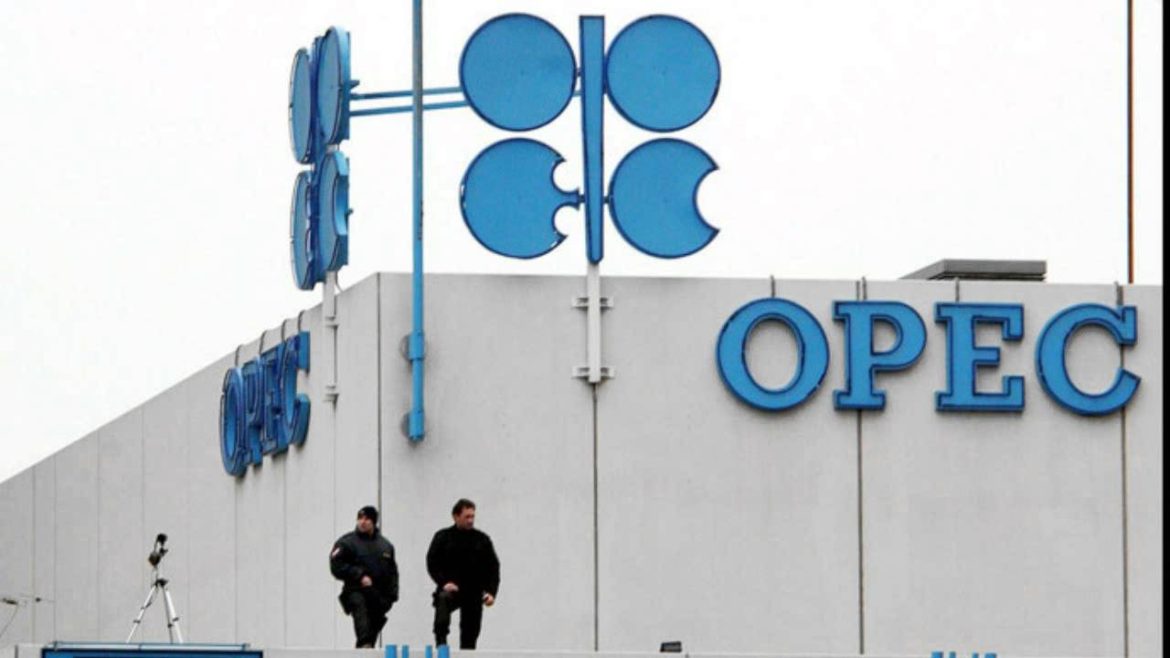By Sharon P. Katz
Privately held companies need to understand that cost of debt is higher for them, but they can adapt to alleviate it.
It has long been suspected that debt markets deal with private companies and public ones differently. Companies prefer to issue public debt as it is cheaper and avoids the heavy governance and monitoring that a bank might put in place.
The “private equity discount” or the “public equity premium” is real. In fact, for private firms, the cost of public debt is higher by a full percent – what costs a public company 5 percent will be 6 percent for a similar private one. So why does it cost a firm to be private and how can these firms change the way they are treated in the public debt market?
Previously, academics (and perhaps the market) believed that the higher costs for privately held firms were limited to reporting reasons. Private firms aren’t held to the same reporting standard as public ones. With a raft of mandatory disclosures, publicly held companies have to be more transparent and adhere to more regulations. This is indeed part of the puzzle. But in an article published in Management Science, after controlling for the reporting and information environment, my co-authors* and I find two main other reasons for the public premium: access to the equity market and banks wary of lending to private firms which have a higher default rate than public companies.
The first and most important difference between the two types of firms is access to the equity market, that is, liquidity. Public firms can always generate liquidity with a stock offering. Even if their stock tanks – as Citigroup’s famously did, sinking from more than US$40 pre-crash to about $1 – they can still issue more stocks to raise cash. Private firms don’t have this luxury.
Even though a secondary stock offering could be a fire sale, public firms can always raise cash by selling equity. Private companies, on the other hand, must rely on their owners for cash injections. In recessionary times, when all firms suffer, this difference is even more apparent: Public firms can still issue equity, but owners of private firms are less likely to invest. Also, the possibility of an initial public offering (IPO) during a downturn is rare. When a recession hits, the discount for public companies is another 4.8 percent higher, because even they have difficulty raising money but they still have better access to the market than private companies.
Not all private companies are the same
To assess the role of ownership on the cost of capital, we compared 256 private firms with 3,415 similar public ones in terms of fundamentals, reporting and information environment parameters. Within the group of privately held firms, we have management-owned (sometimes as a family business) and those that are majority private equity (PE) owned. Regardless of public or private ownership, management-owned firms have a higher cost of debt than non-management-owned ones because there is a perceived conflict of interest between shareholders and debtholders. That is, manager-owners may negatively influence decision making to promote their own interests over that of other stakeholders, like debtholders.
Other private companies, majority owned by diversified PE firms, are viewed as riskier and therefore subject to higher cost of debt. A PE firm, interested in its portfolio of companies’ bottom line, does not have the same level of commitment as a less diversified family and/or management owner. With a diverse portfolio of companies, PE firms don’t need all of them to be successful. Only a few must be highly profitable.
Overall, after controlling for risk-related firm fundamentals, reporting and the information environment, private firms’ default rate is approximately 40 percent higher than that of public firms.
Go large
For PE-owned firms, generally part of a portfolio, we find that the owners who created the most value are those with deep pockets and a good reputation. Huge PE firms, KKR & Co for example, can inject cash into one of the firms in their portfolio if needed.
One way private companies can improve their access to public debt markets is by choosing to work with a large, well-established PE firm. If they are part of a smaller portfolio, they are more likely to be considered a risky bet.
In this research, we found that the less liquid a company, the higher its cost of debt. Large PE players that are doing very well have money to burn. But smaller ones don’t, and they are better known for taking risks.
Reporting, reporting, reporting
Short of finding a benefactor in the form of a large PE investor that will let a firm work the way it knows best, what is a private firm to do? The easiest way to alleviate some of the higher cost of debt is conservative reporting. High quality reports are necessary because without them, the market won’t trust the firm. The benefits of conservative reporting have been extolled before, and our research points to increased conservative reporting as a positive signal to the debt market. Voluntary disclosures and high-quality reporting can reduce private firms’ cost of debt. Increased conservatism can also reduce the cost of debt for public firms, but not to the same extent.
When managers are deciding whether to keep their firm private or take it public (or even take it public again), an important consideration is the cost of debt, which is higher for private companies. Understanding this fact is the first step in addressing the issue. Further action includes better reporting or working with a large, reputable PE firm to plan for the possibly rocky times to come. For private firms, it’s best to have access to either a generous founder or a large, established PE firm with the commitment and ability to help the company succeed during a tough period.
* Co-authors were Brad A. Badertscher (Mendoza College of Business), Dan Givoly (Smeal College of Business) and Hanna Lee (Robert H. Smith School of Business).
Sharon Katz is an INSEAD Associate Professor of Accounting and Control.









